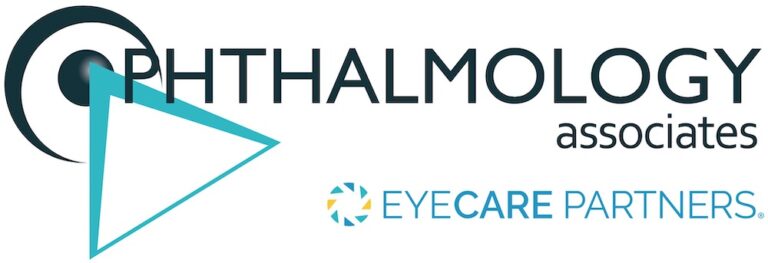Posted by: Ophthalmology Associates in LASIK

Laser eye surgery has significantly transformed how people with refractive vision errors can improve their vision, offering an effective alternative to glasses and contact lenses. Two of the most common laser eye surgeries are PRK (Photorefractive Keratectomy) and LASIK (Laser-Assisted In Situ Keratomileusis).
While both surgeries have unique benefits and consideration factors, making an informed decision between them requires a deeper understanding of how they work and what you need. The team at Ophthalmology Associates can help you learn more about the difference between PRK and LASIK and which is right for you.
What is PRK?
Photorefractive Keratectomy, commonly known as PRK, is a form of laser eye surgery designed to correct common vision problems, including nearsightedness (myopia), farsightedness (hyperopia), and astigmatism. As one of the earliest developed methods of laser vision correction, PRK laid the groundwork for subsequent advancements in the field of laser eye surgery.
The procedure involves precisely removing a small amount of corneal tissue using a specialized laser. This process is meticulously executed to reshape the cornea, the eye’s clear front surface, to enable light to be properly focused onto the retina at the back of the eye. PRK improves vision by addressing the errors in the eye’s focusing ability, offering a long-term solution for people looking to reduce or eliminate their dependence on glasses or contact lenses.
The Advantages of PRK
PRK has several distinct benefits, particularly for certain eye conditions and patient needs. Some of these key benefits include:
Considerations and Drawbacks of PRK
While PRK is advantageous in many aspects, it’s important to know its potential drawbacks, primarily related to the recovery process. Factors to consider include:
- Longer Recovery Time: The cornea must heal and regenerate completely to successfully improve vision, which requires more time than other laser eye surgeries. PRK has an extended recovery period compared to LASIK because of the complete removal of the outermost layer of the cornea, known as the epithelium.
- Discomfort During Recovery: Post-surgery, patients often report mild to moderate discomfort. This can include pain, light sensitivity, and blurry vision. The level of discomfort varies from person to person and typically subsides as the eye heals. It’s important to understand these aspects of the recovery process, set realistic expectations, and prepare for the post-surgery period.
What is LASIK?
LASIK, short for Laser-Assisted in Situ Keratomileusis, is a popular surgical option for correcting common vision problems. This procedure has gained widespread recognition and preference due to its effectiveness and efficiency in improving visual acuity.
LASIK eye surgery involves the precise reshaping of the cornea with a specialized laser. This reshaping is the key to how LASIK improves vision: it enables light entering the eye to be more accurately focused on the retina, located at the back of the eye. This accurate focusing of light is critical for clear, sharp vision. LASIK can also be customized to individual eye structures, making it a highly sought-after vision correction solution.
The Advantages of LASIK
LASIK surgery offers several benefits, specifically in the recovery process and the range of patients it can accommodate. The most notable advantages of LASIK include:
Considerations for LASIK
LASIK is a highly effective and popular vision correction procedure, but it’s essential to know its potential drawbacks. Before you commit to LASIK surgery, consider these risks:
- Corneal Flap-Related Complications: The corneal flap created during LASIK facilitates faster healing, but there is a small risk of complications associated with its creation and healing. Though rare, these complications can include improper flap alignment, flap wrinkles, or other healing abnormalities.
- Issues with Thinner Corneas: LASIK requires a certain thickness of the cornea because the procedure involves reshaping the cornea by removing a portion of its tissue. This makes LASIK less suitable for patients with thinner corneas, as removing the necessary amount of tissue may not be possible without compromising the structural integrity of the eye.
PRK vs. LASIK Recovery Times
The recovery times for PRK and LASIK differ significantly, and understanding these differences is crucial when choosing between the two procedures. LASIK is known for its relatively quick recovery period. Most patients see dramatic improvement in their vision within the first few days, making it a great choice if you need to get back to your daily activities quickly.
On the other hand, the recovery process for PRK is notably longer, with healing time lasting about a week. This is mainly because the outer layer of the cornea requires time to fully regenerate after the surgery. A complete recovery, where you can return to all your regular activities without restriction, can take upwards of a month.
